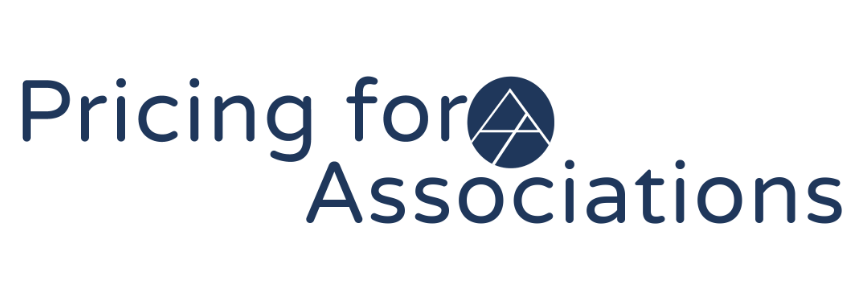Competitive Data Analysis
The following is an excerpt from our book, Pricing for Associations, available now on Amazon.
When embarking on the journey of developing new association products, or updating current products, conducting a competitive SWOT Analysis is an indispensable step in your strategic planning process. A Competitive SWOT Analysis involves assessing the strengths, weaknesses, opportunities, and threats associated with your competitors based on what they state - not always what they deliver. This comprehensive examination not only helps you understand your competitive landscape but also informs your decision-making when it comes to pricing, value packaging, and value propositions.
Understanding the Competitive Landscape
Before we dive into the specifics of conducting a Competitive SWOT Analysis, it's crucial to recognize a common misconception: the assumption that competitors have already figured it all out. This couldn't be further from the truth. In the dynamic world of associations, competitors are often navigating the same uncertainties and challenges as you are. Therefore, it's essential to approach competitor data with a degree of skepticism and humility.
What is a SWOT Analysis?
A SWOT Analysis is a strategic planning tool that stands for Strengths, Weaknesses, Opportunities, and Threats. It provides a structured framework for evaluating the internal and external factors that can impact your organization or, in this case, your association product.
Here's a breakdown of the components of a SWOT Analysis:
Strengths: Internal factors that give your organization or product a competitive advantage. These are areas where your organization excels or has a unique edge.
Weaknesses: Internal factors that put your organization or product at a disadvantage. These are areas that need improvement or where your organization lags behind competitors.
Opportunities: External factors in the market or industry that can be leveraged to benefit your organization or product. These are favorable conditions that you can capitalize on.
Threats: External factors that pose risks or challenges to your organization or product. These are factors beyond your control that can negatively impact your success.
Data to Consider in a Competitive SWOT Analysis:
To conduct a thorough Competitive SWOT Analysis, consider gathering and analyzing the following types of data:
Website and Social Media Data: Examine your competitors' websites to gather insights into their value packaging, value propositions, and pricing strategies. Pay attention to how they present their offerings and what features or benefits they emphasize.
Public Reviews and Discussion Boards: Explore online forums, review websites, and social media platforms to see what customers are saying about your competitors' products. Look for both positive and negative feedback to identify areas where they excel and where they fall short.
Ask Your Audience: Directly engage with your audience by asking them questions related to your competitors. Pose inquiries such as "Where else do you get this information/training/what other events do you go to/sponsor at?" and "What can we learn from them?" These questions can provide valuable insights into the competitive landscape from your audience's perspective.
By conducting a Competitive SWOT Analysis with these data points in mind, you'll be better equipped to make informed decisions when developing your association product. This analysis will help you identify areas where you can outperform your competitors, address weaknesses, seize opportunities, and mitigate potential threats. It's a critical step in crafting a competitive pricing and value strategy that aligns with your organization's goals and resonates with your target audience.


